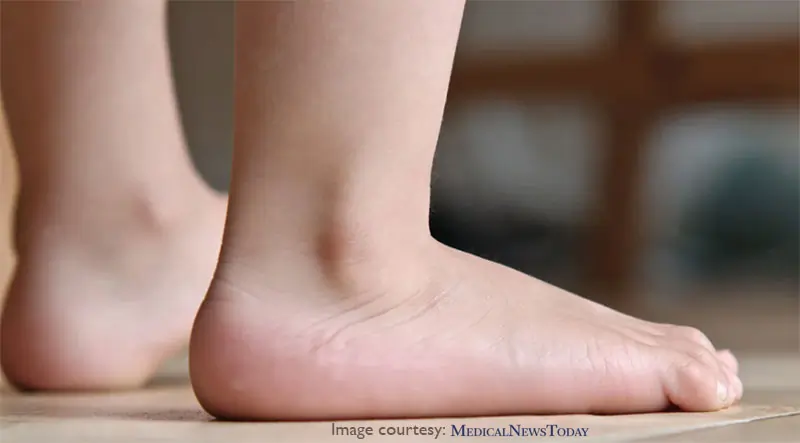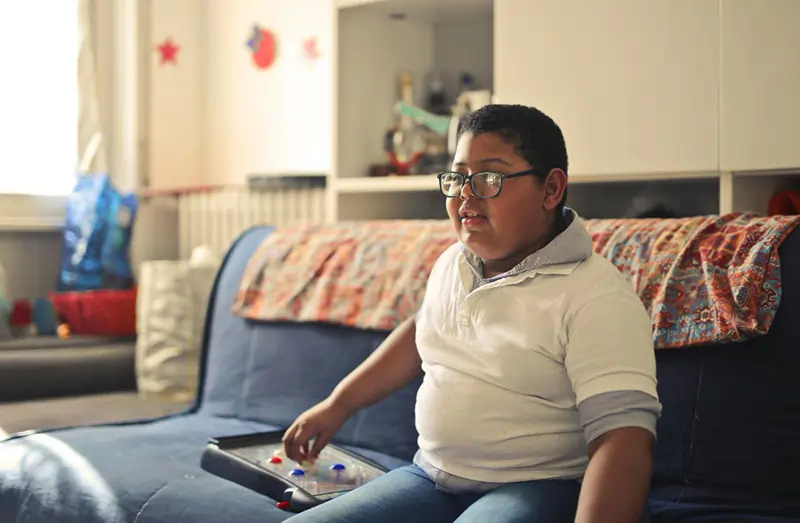How a Pediatric Foot Doctor Treats Flat Feet in Children?
Flat feet are a condition where the foot structure is flatter at the bottom, and due to this, the entire sole touches the floor when the individual is standing. This is observed in babies and toddlers who haven’t yet developed the arch. However, many individuals develop the arch, and the flat feet continue till adulthood. As the arch does not form, it affects the body’s alignment and creates discomfort and pain in the ankle and feet. However, with the help of a pediatric foot doctor this can be treated at an early age.
Reasons and symptoms for flat feet
There are various reasons for flat feet. They can be inherited from the parents, develop due to other genetic conditions, or occur over time due to diabetes, obesity, rheumatoid arthritis, or ankle injury. For more information, you can consult with feetfirstpodiatry.com.sg.
The typical symptom is foot pain, usually near the heel and arches. This foot pain can increase with activities, and so can the swelling. A pediatric foot doctor can treat a child’s flat feet.
Diagnostic test of a child with flat feet
A pediatric foot doctor tests a child’s flat feet. This includes a complete medical history checkup, physical examination, and visual evaluation. The child is asked to describe the pain, whether it is dull, sharp, burning, or sudden. The child may be asked to walk, stand, and run on their toes to help the pediatrician understand the mechanism of the child’s feet. The doctor would also examine the child’s everyday shoes to evaluate the pattern.
Imaging tests are also ordered, including X-rays that introduce the image of the bone. EOS imaging carries a three-dimensional model for two flat images. A CT scan is done, which examines the bones and produces a cross-sectional image of the body, and through MRI, a detailed image of tissues, organs, muscles, ligaments, and other structures around the problem is exposed.
Related reading: Tips for Maintaining Kids’ Foot Health with the Right Boots
Treatment for flat feet
The foot doctor would assign to treatment based on the present condition:
Non-surgical treatment
Non-surgical treatments are prescribed to relieve the pain:
- Arch support – Orthotic devices that fit inside the child’s shoe are recommended, which reduce symptoms and relieve pain.
- Supportive shoe – Structurally supportive shoes are recommended for children instead of flip-flops, sandals, or shoes without arch support.
- Stretching exercises – It helps to stretch the Achilles tendon, helping children with this problem.
- A physical therapy video analysis of a child – To understand the problem in its form, based on which a physical therapist is assigned to correct it.
- Medication over the counter – Pain relief medications are taken to reduce pain and discomfort.
- Weight loss—If the child is overweight, a structured weight loss program is recommended to relieve this stress on the feet.
Surgical treatment
If the problem is flexible flat feet, surgical treatment is not required, but if it is related to a foot or leg problem, surgery is required.
Conclusion
After the medications or treatments are prescribed, the child must undergo long-term follow-up care. The easiest way out is to use arch supports or wear supportive shoes. Based on the progress of the condition, changes are made in the treatment process.



